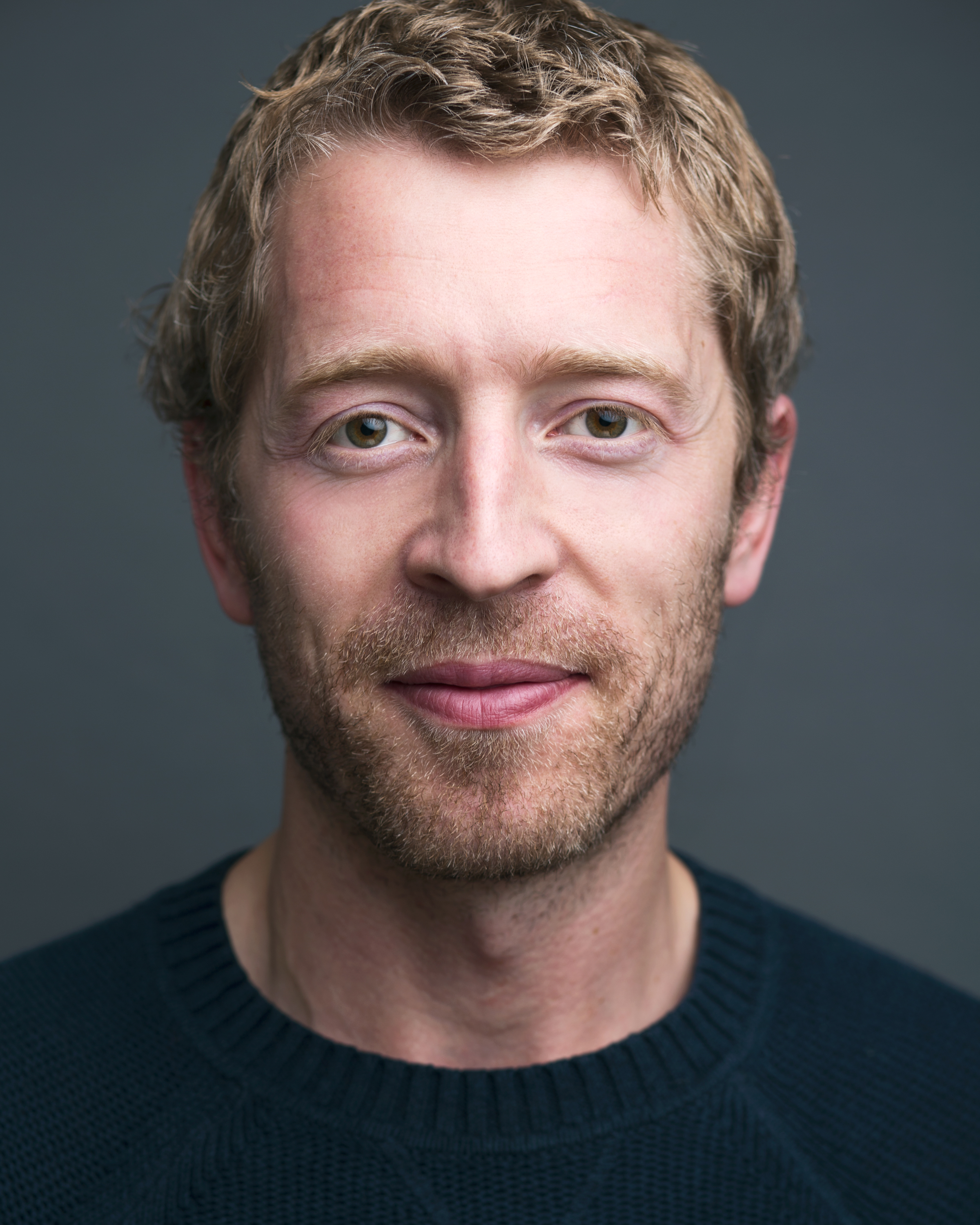Eddie Elks Interview
Actor and writer Eddie Elks discusses his work Botallack O’Clock and the challenge of creating theatre from art.
By Lydia Cooper | Updated Mar 21 2023

During rehearsals for the new run of his show Botallack O' Clock at the Old Red Lion Theatre, actor and writer Eddie Elks discussed staging the play, meeting Roger Hilton's wife Rose, and the challenge of creating theatre from visual art.
London Calling: What drew you to explore Roger Hilton’s life in your latest play?
Eddie Elks: Back in 2007/8 I wrote a play called Stalag Happy with my Third Man friend and colleague Dan Frost, based on the true story of the artist Sir Terry Frost (Dan’s grandfather). It focused on Terry discovering painting in a World War Two Prisoner of War Camp. Terry and Roger were very good mates. Whilst I was researching the piece, Roger’s name kept cropping up, along with various entertaining and often shocking stories. I started researching Roger’s life and it became clear that there was dramatic potential in his story - particularly the last few years of his life.
I was then lucky enough to meet Roger’s widow Rose Hilton, also a wonderful artist, and she welcomed the idea of the play. I stayed with her down in Botallack at the family cottage when beginning the piece, looking over letters, pictures and books - a very special experience. In his final years, as well as painting through the night Roger would write letters, lists and instructions for his wife Rose to collect in the morning. These were published after his death and became known as The Night Letters. They are an incredibly insightful, humorous, shocking and revealing insight into Roger’s personality and existence and are the main basis for the play.
LC: How did the creative process - staying with Rose in the countryside, reading Hilton’s private letters - alter your original intentions for the play?
EE: When I went to stay with Rose it was very early days with the piece, and I really wanted to keep an open mind and see what came up. Being able to spend time in Botallack and time with Roger's letters and drawings was an amazing experience. At times it felt like he might have been watching over to see what I was up to... it's easy to let your imagination run a bit down there! As Roger did with his paintings I guess.
LC: Stalag Happy and Botallack O’Clock both explore the stories of artists, a theme in your work. What are the challenges of using the art of language to explore visual art?
EE: Using language to explore visual art is difficult. As Roger himself wrote, “Words and art don't go together. You can't describe a picture in words...†And I totally agree. In both plays I mainly tried to allow the style of the artist’s work and their personalities to inform the tone of the pieces. Especially as they were both predominantly abstract artists, taking the plays down a more surreal route seemed a fitting way to try and convey the feeling and the emotion of their work and characters. The last thing I wanted was it to be an art history lecture.
LC: Similarly, what’s the hardest part of trying to create a literary representation of an artist’s life?
EE: I guess the hardest - or most important - part is trying to represent them faithfully. Biographical plays come with a responsibility to the individual and their family and friends. Irrespective of them being an artist, they were a person. I tried to be as faithful as possible to how I thought their work and stories should be shown. Hopefully I got close.
LC: Your previous play Mugs’ Arrows involved a great element of risk [actors throwing darts live on stage]. Are there any similar moments of theatrical tension in Botallack O’Clock?
EE: It depends what mood Roger (Dan Frost) is in - there might be the odd paintbrush flying around! Roger could be pretty prickly.
LC: What function does the voice of the radio have in the play? Why a radio?
EE: Oooh, that's a bit of a spoiler! People can make their own minds up about that. Roger did have a temperamental radio and he did write a list of “Desert Island Discs†- that's all I'll say.
LC: Will this performance of Botallack O’Clock differ from previous ones in any way? How are you feeling about the show run?
EE: Very excited indeed. As we've done it before I just hope we can discover some new things and retain some of its previous magic. It should evolve throughout the run. We've got a new fantastic team working together on it, so it's already feeling different, and it's the first time we've played it at the Old Red Lion so that's also going to create a different atmosphere.
LC: What do you find so appealing about Roger’s art?
EE: His work was so varied so it's difficult to pinpoint an exact reason. There is much humour and playfulness in some of his work. Such bravery and confidence too. His use of colour in his paintings is also incredible.
LC: Do you have any interesting future writing, directing or acting projects in the pipeline?
EE: I am hopefully going to be writing a new piece - “a play with songs†- working with a composer for the first time. It's very exciting. Hopefully it'll happen!